IoT In Smart Home
In recent years, the rapid advancement of IoT technology has revolutionized numerous aspects of our daily lives. The transformative impact of IoT on indoor environments, where we work and reside, has been widely discussed. It is commonly portrayed in science fiction, tech movies, and emphasized by major tech companies that “smart homes are the future.”
With the increasing adoption of IoT technologies in our households, the concept of a “smart” home has evolved significantly compared to two decades ago. Undoubtedly, the integration of IoT in smart homes is reshaping our lifestyles in profound ways.
Devices For IoT In Smart Home
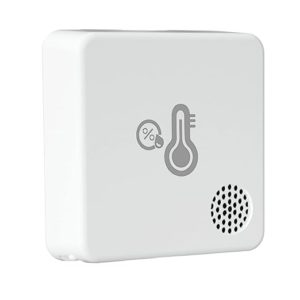
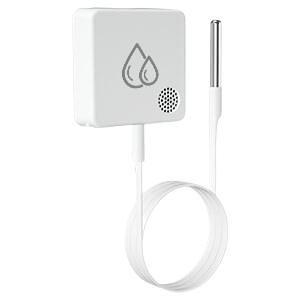
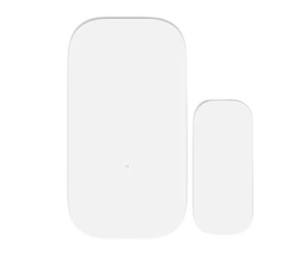
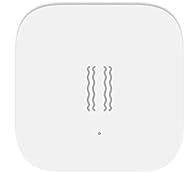
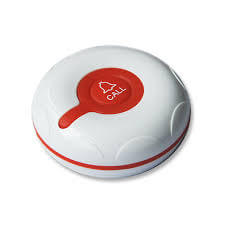
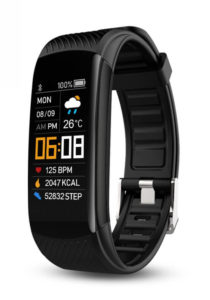
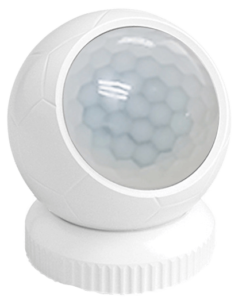
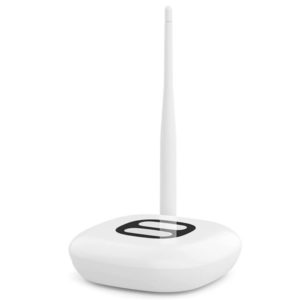
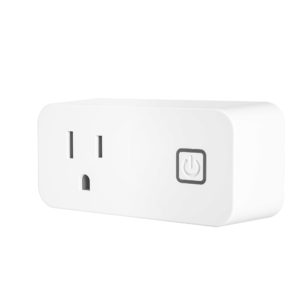
6 Ways IoT Can Transform Your House Into A Dream Smart Home
In the age of the smart home, many devices now have smart versions. How to choose the right cutting-edge products to improve your home has also become a headache. With the convenience of smartphone or tablet control, here are ten hub-less solutions to simplify and optimize your smart home experience.
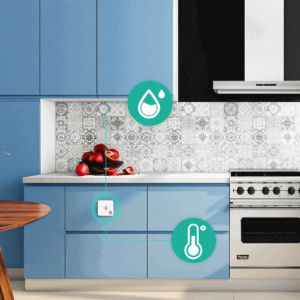
Temp&humidity Sensors ensure a comfortable environment
A temperature and humidity sensor offers convenience and saves energy. It adapts to your schedule by detecting and adjusting the environment accordingly. When combined with a motion sensor, it can determine whether you are home or away, and automatically adjust its operations.
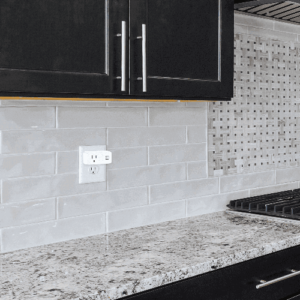
Smart plugs for home appliance control
With a smart plug, you can conveniently control all your home appliances using your smartphone. Create schedules to automatically turn appliances on and off. Additionally, monitor real-time energy usage to reduce your bill by powering down high-energy devices.

Motion Sensors for enhanced home security
Numerous smart home devices are available to provide remote security alerts. These gadgets offer real-time updates, sending notifications for any detected motion or uncommon sounds, and activating the alarm system to request security assistance.

Provide remote care for the elderly
You can have peace of mind by staying informed about the well-being of your elderly loved ones at home. Utilizing location sensors and panic buttons can help track their whereabouts and activate an alarm in case of a fall. Additionally, for those who may forget to take medication, an IoT solution allows family members to monitor medication intake timings.
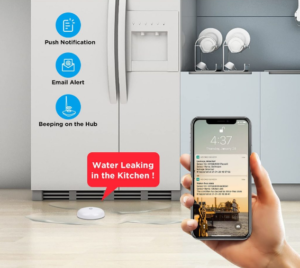
Convenience-enhancing intelligent kitchens
The significance of a smart kitchen in enhancing everyday life cannot be overstated. By integrating appliances with smart plugs, you can establish automated routines for brewing coffee, boiling water, and more. Furthermore, with the installation of an SW2 device, you can conveniently monitor the water level beneath the sink to prevent any spills or water damage to the floor.

Intelligent pet care for your beloved furry companions
Smart technology is applicable not only to humans but also to our lovable pets. It enables you to conveniently establish a remote feeding schedule for your cats or dogs using your smartphone, while also utilizing a smart collar to monitor their whereabouts. Additionally, by connecting a temperature and humidity sensor, an alarm will promptly alert you when the pet’s feeder runs out of water.

In basic terms, a smart home is a technologically advanced living space that allows individuals to manage their surroundings by connecting smart devices and sensors to the Internet. The central feature of a smart home is the capability to remotely control the preferred home system. Within a smart home, a wide range of devices, from major appliances to smaller gadgets like vacuum cleaners and home security systems, can be connected to the home network and controlled accordingly. The home responds to commands issued through voice, smartphones, tablets, laptops, or other connected devices.
The majority of smart home installations are centered around lighting, air conditioning, heating, home theater, entertainment, and home security. However, the scope of a smart home extends far beyond these aspects. It represents a comprehensive IoT system that enables effortless monitoring and control of all devices connected to your home network. The fundamental principle behind a smart home lies in its convenience, allowing you to customize your home to be as technologically advanced as desired. Whether you opt for a few interconnected devices or a fully automated residence, a smart home aims to establish an ideal ambiance in your apartment or house.
When considering the functionality of a smart home, it becomes essential to grasp the concept of the Internet of Things (IoT). The IoT encompasses a network of physical objects, including appliances like smart PIR sensors, smart security systems, smart plugs, and more, which can collect and exchange data. Within your home, various smart home devices such as refrigerators, air conditioners, and surveillance cameras are interconnected through your Wi-Fi network. Each device is assigned a unique IP address, allowing remote access, monitoring, and control of these smart gadgets.
Smart home systems are typically integrated into mobile devices or other internet-connected devices, enabling users to execute specific tasks that bring about desired changes. Additionally, smart appliances possess the ability to learn from a homeowner’s routines and autonomously make adjustments accordingly. The installation of a smart home system can be tailored to either wireless or hardwired configurations. While wireless systems are cost-effective and easier to install, hardwired systems are considered more reliable albeit pricier and more challenging to compromise in terms of security.
